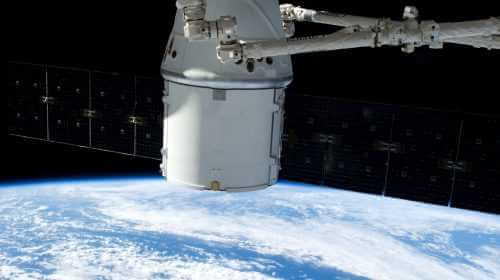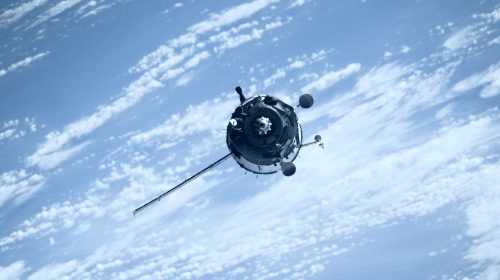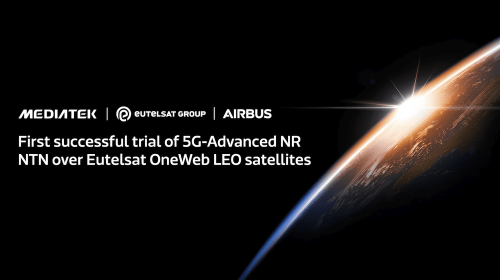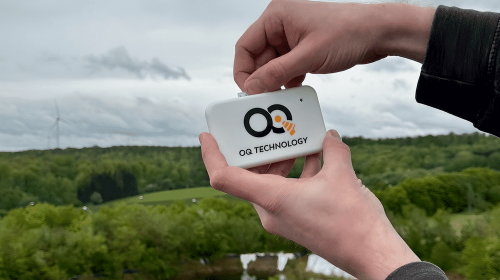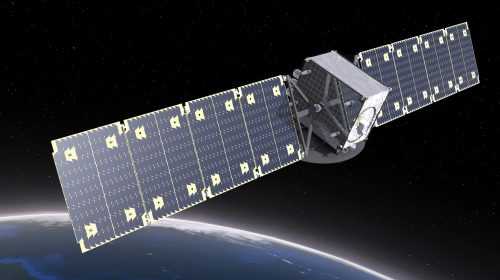Nov 02, 2017
It’s not exactly where the rubber meets the road, but where space meets the earth’s atmosphere, is becoming ever more critical to the growing deployment of low and mid-earth orbit satellites. This region, where the earth’s atmosphere bumps into space, has more going on in it than first meets the eye. As more and more miniature CubeSats are launched, along with fleet and asset tracking satellites in low earth orbit, new challenges are being encountered that require a better understanding of this boundary region.
NASA wants to understand this region to a much greater extent, and on Dec 8, 2017, they plan to launch the Ionospheric Connection Explorer (ICON), to learn more about this critical region of growing importance. Launched on a Pegasus rocket from Kwajalein Atoll in the Marshall Islands, the satellite will investigate how things like weather patterns on the earth, from hurricanes, to stiff winds blowing over the top of a mountain, interact and affect the electrically charged part of the atmosphere, known as the ionosphere.
Researchers are interested, because the charged particles of the ionosphere can disrupt communications signals as well as cause low-Earth orbit satellites to become electrically charged, which can damage them. In severe cases, these particles can cause power outages on the ground. It was formerly thought that all such effects were due to the sun, however it seems that since these particles are right at the edge of space, they may also be affected by conditions on Earth. Currently there is little data to provide much indication one way or the other.
The ionosphere extends from about 80 to 1000 km (50 – 600 miles), above the earth’s surface. Below, lie the mesosphere, stratosphere, and the troposphere where we live. These layers are a good thing, as they protect us from solar radiation. The ionosphere exists because of ultraviolet radiation from the sun. It breaks apart the atmospheric molecules that remain at these altitudes, knocking off electrons, leaving a sea of ions and charged electrons. This region of charged particles exists alongside the very thin upper atmosphere.
We need to understand how earth’s weather patterns, including thunderstorms, snow, rain and heat, hurricanes, etc. affect this region, because many low-earth satellites that orbit the Earth, including the International Space Station, fly right through the ionosphere. Interestingly, the ionosphere actually supports some of the radio waves and signals that we rely on, such as GPS signals. When the ionosphere is unpredictably changed, creating ripples and bubbles of dense plasma, the impact on our communication technology can be significant.
On the other hand, some signals, like those of short-wave radio, bounce off the ionosphere and rely on it for communications around the globe. Changes in the ionosphere can affect the signals that must go through it, like GPS, and those that bounce off of it, like short wave radio. For a long time, researchers thought that only space weather – sun activity – affected the ionosphere, but now we are learning that earth’s weather also has an impact, and we need to be able to make accurate forecasts to protect valuable assets and overcome communications issues. At present, it is thought that winds might be directly related to the electrical fields that are measured on various spacecraft traversing the ionosphere, but there is no data to confirm this. ICON is designed to study this and more.
ICON’s instruments will study the glowing gasses of the upper atmosphere and ionosphere, using new instruments that are more sensitive, and more encompassing in what they can capture. New techniques will be used to optimize the way in which “snapshots” are used to relay information to Earth, vastly increasing the amount of data that can be transferred using a set amount of bandwidth. One instrument will have the ability to measure the composition of particles miles away, as another examines the charged gasses around the spacecraft. While some of this data has been available from other instruments on various spacecraft, the readings have all taken place at different levels. ICON ‘s ability to combine data from its four instruments, all operating in the same space and time, is a key advance.
ICON’s project scientist pointed out that while we use satellites to track hurricanes as they move across the ocean, when we really want to know what’s going on, we fly planes right through the storm. This, in essence, is what ICON is doing for the critical boundary between earth and space, in hopes of improving forecasts and developing technology to maintain communications and protect spacecraft operating in this region. Tune in to NASA TV on Dec 8, at 3AM Marshall Island time to watch the launch!

